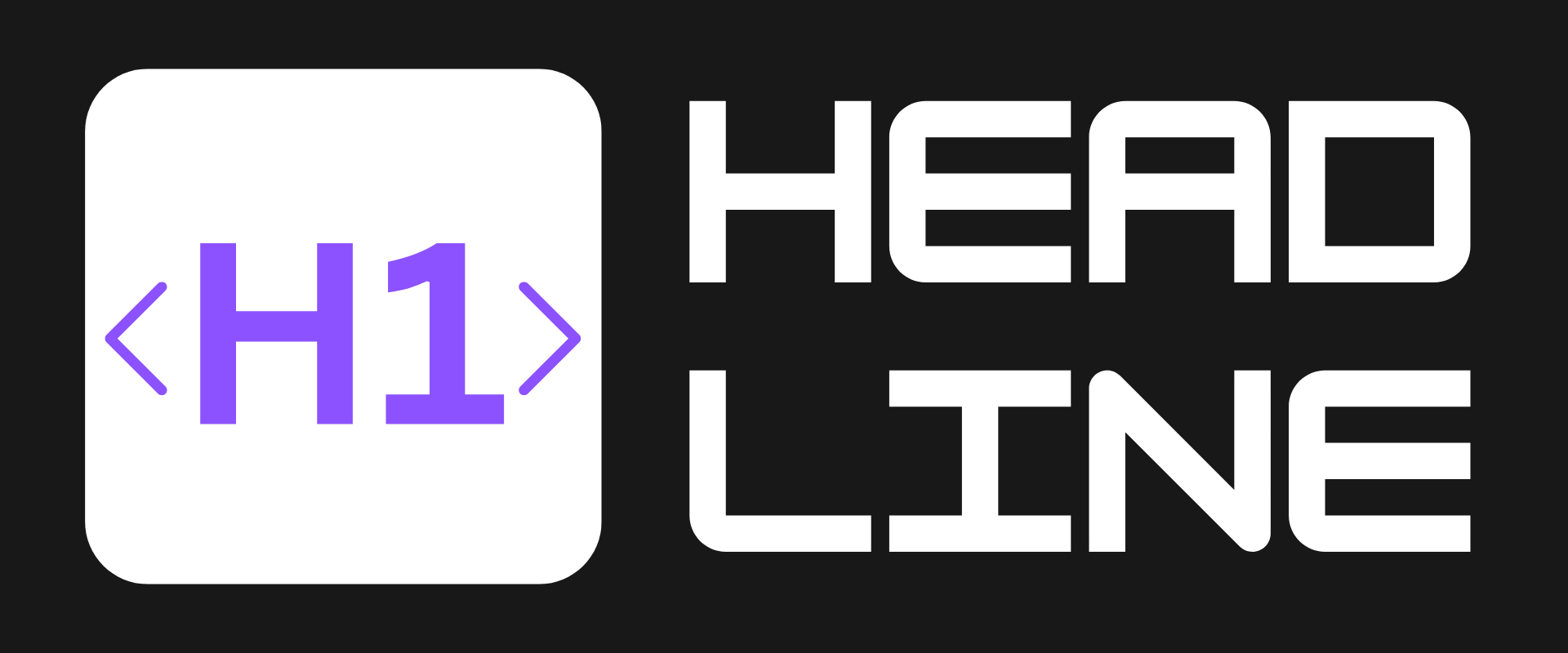Will Trump’s Executive Order on AI Education Make America Tomorrow’s AI Superpower?

America’s Next Test: Can a Bold AI Education Mandate Prepare Our Kids for a Digital Future?
Artificial intelligence is rewriting the playbook for almost every job—and for our economy at large. But are our schools ready? In April 2025, President Donald Trump signed an ambitious executive order: every K–12 student across the U.S. will soon be learning not just about math and reading, but about the technology shaping the 21st century—AI. This sweeping initiative could make or break America’s tech edge. Is Washington (and the nation) ready to seize this moment, or will we fall behind? Let’s dive in.
🤖 The AI Literacy Gap: Why the Urgency?
AI now powers everything from social media feeds to job search tools. But while tech is advancing at breakneck speed, our classrooms—and many teachers—are still catching up.
- America’s AI Competitiveness: As the executive order puts it, staying a “global leader” means growing a generation fluent in AI, not just in using apps, but in building and understanding the technology itself.
- Diverse State Readiness: States like Idaho, Washington, Montana, and Wyoming each face unique challenges—but they all urgently need to shift students from passive “tech consumers” to proactive “tech creators.”
- Rural-Urban Divide: Many rural schools, especially in Idaho and Montana, have fewer STEM resources and face a bigger gap in teaching cutting-edge tech skills compared to urban centers.
- Danger of Falling Behind: Without rapid intervention, America’s next generation risks being left behind as other countries integrate AI education—and talent—at speed.
The stakes? Kids who understand AI can land high-wage, future-proof jobs or even shape the next waves of innovation. Those who don’t risk getting left behind in a rapidly changing workforce.
🚀 The Solution: A Nationwide Push for AI Learning
The “Advancing Artificial Intelligence Education for American Youth” executive order is more than just political theater—it’s a full-court press to bring AI into every classroom.
- ✅ Coordinated Federal Leadership: A White House Task Force (headed by Michael Kratsios, plus high-level cabinet and agency heads) will orchestrate efforts across education, labor, energy, agriculture, and science agencies.
- ✅ Industry & Academic Partnerships: The order mandates that agencies work with industry leaders, top researchers, and nonprofits to craft online resources for AI literacy and critical thinking—bringing real-world tech into lesson plans.
- ✅ Student Competitions & Showcases: A national contest will highlight student and teacher AI innovations, rewarding creativity and spotlighting best practices nationwide.
- ✅ Fast-Tracked Grant Funding: Federal dollars will flow faster to schools looking to pilot new AI curricula and tools, especially in underserved regions.
- ✅ State Specialization:
- Idaho: Amplifies STEM and reaches more rural teachers via federal grants.
- Washington: Taps into its tech sector, linking classrooms with industry through partnerships, apprenticeships, and career pipelines.
- Montana: Enhances distance learning, giving rural kids advanced tools once only available in cities.
- Wyoming: Embeds AI literacy into expanding career and technical pathways, connecting high schoolers to both college and high-wage tech jobs.
This isn’t just about coding: it’s about demystifying AI, analyzing its real-world impacts, and empowering students to both use and create the next generation of digital tools.
🚧 The Real-World Roadblocks
No bold initiative comes without hurdles. Here’s what stands in the way of this vision:
- 🚧 Teacher Preparedness: Many educators lack deep AI knowledge or comfort with rapidly-changing technology. Training them won’t happen overnight.
- 🚧 Resource Inequality: Rural and underserved schools may still struggle to access devices or stable internet, meaning they’ll need targeted support to avoid being left out of the AI revolution.
- ⚠️ Political and Bureaucratic Bottlenecks: Federal initiatives often collide with states’ rights and local control over curricula. Rapid and effective adoption will require unprecedented coordination and political buy-in.
- ⚠️ Keeping Curriculum Current: AI evolves at lightning speed. Can government task forces and school districts keep up with industry innovation?
✅ Can This Make America’s Kids AI Leaders?
The executive order on AI education is the United States’ biggest bet yet on digital literacy for the next generation. Success hinges on:
- ✅ Effective teacher training and support;
- ✅ Equitable access to devices and high-speed internet, especially in rural communities;
- ✅ Continual curriculum updates in step with real-world tech advances;
- 📉 Overcoming political and funding hurdles at the state and local level.
If these conditions are met, the U.S.—and forward-thinking states like Washington—could leap ahead, ensuring students are not just competent tech users but pioneering creators in a world powered by AI.
What do you think? Can a top-down national push transform our classrooms, or will it get tangled in old challenges? What’s needed to make sure EVERY student gets a shot at AI literacy? Drop your thoughts below!
Let us know on X (Former Twitter)
Sources: Sebastian Griffin. AI education is vital for Washington. Trump’s order will help | Opinion, June 1, 2025. https://www.thenewstribune.com/opinion/op-ed/article307456451.html










